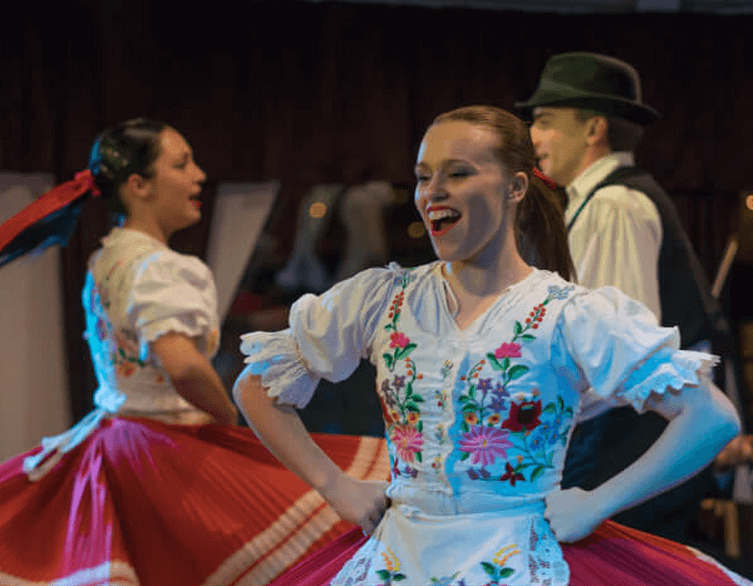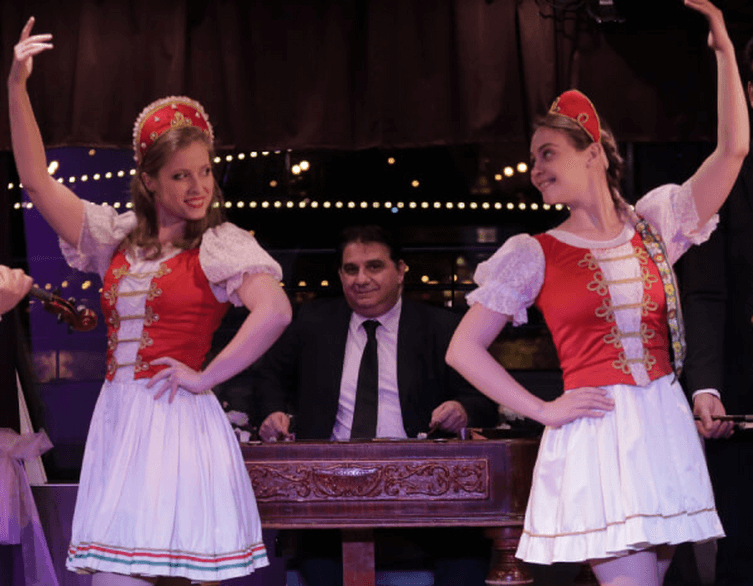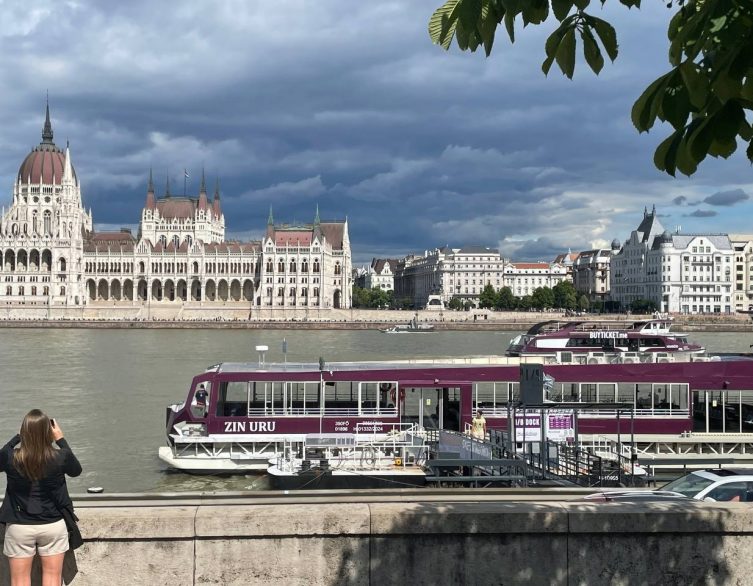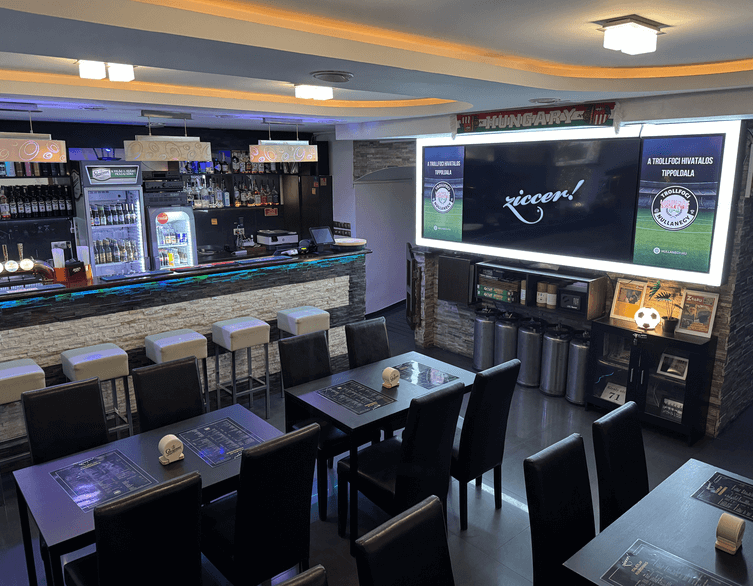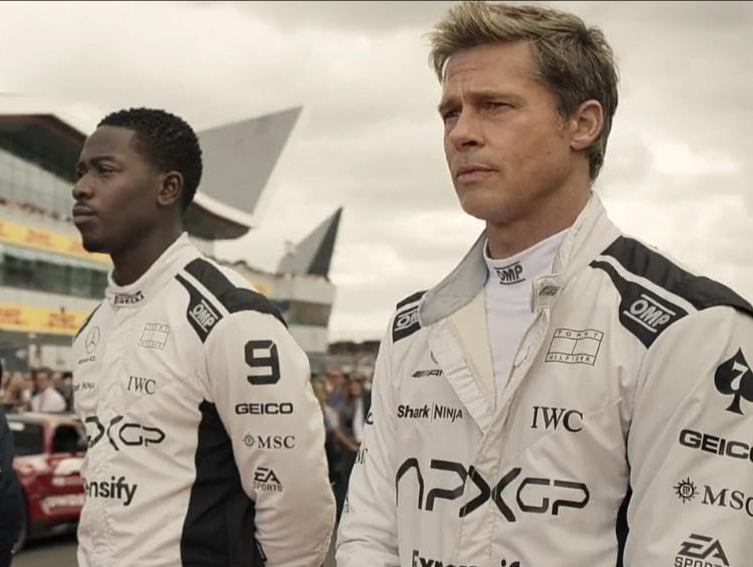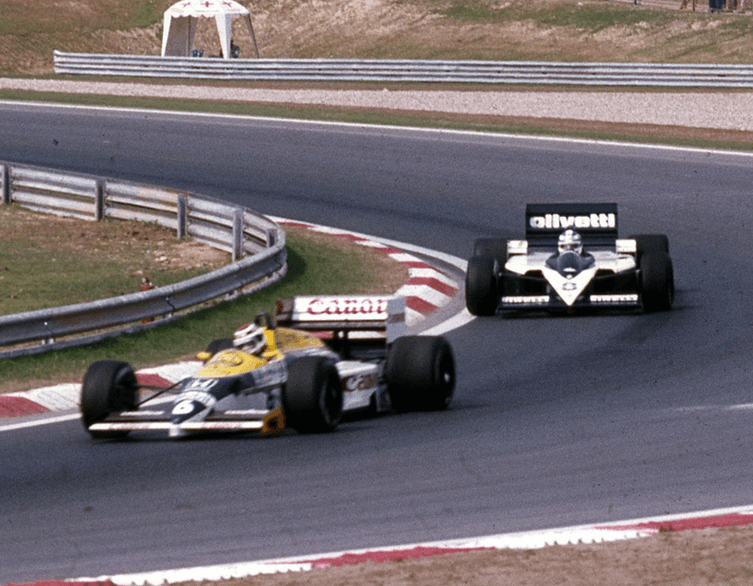The Hungaroring: A Classic Formula 1 Venue in the Heart of Hungary
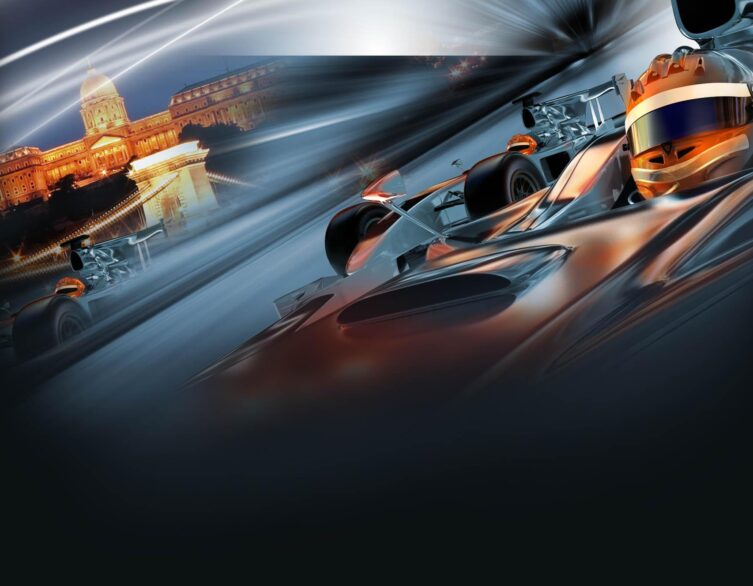
The Hungaroring, located near Budapest, Hungary, is a beloved Formula 1 circuit that has been hosting the Hungarian Grand Prix since 1986. As one of the oldest tracks on the current F1 calendar, the Hungaroring has a rich history and has been the site of numerous memorable races. This article will take you on a journey through the history of the Hungaroring and highlight the significance of the first Formula 1 Hungarian Grand Prix.
The Birth of the Hungaroring
In the early 1980s, Bernie Ecclestone, then president of the Formula One Constructors Association (FOCA), expressed interest in holding a Formula 1 race behind the Iron Curtain. After considering several countries, including China, the Soviet Union, and Yugoslavia, Hungary was ultimately chosen as the host nation. The decision to build a new circuit in Mogyoród, near Budapest, was made in September 1985, and construction began on October 1st of the same year. Remarkably, the track was completed in just eight months, a record-breaking feat in circuit construction.
The Inaugural Hungarian Grand Prix
On August 10, 1986, the Hungaroring hosted its first Formula 1 race, the Hungarian Grand Prix. The event attracted an astonishing crowd of nearly 200,000 spectators, eager to witness history in the making. Brazilian driver Nelson Piquet emerged victorious, followed by Ayrton Senna and Nigel Mansell on the podium. This groundbreaking race marked the beginning of a long-standing tradition, as the Hungarian Grand Prix has been held at the Hungaroring every year since.
Evolution of the Track
Over the years, the Hungaroring has undergone two significant modifications. In 1989, a minor change was made when the triple chicane was removed from the layout. A more extensive renovation took place in 2003, involving the repositioning of turns 1 and 13, and the addition of a longer straight. These alterations resulted in changes to the track’s length, initially reducing it from 4,014 meters to 3,975 meters in 1989, and then increasing it to its current length of 4,381 meters in 2003.
Best deals of Budapest
Memorable Moments
The Hungaroring has been the stage for numerous unforgettable moments in Formula 1 history. Some highlights include Nigel Mansell’s dramatic wheel loss while leading the 1987 race, Damon Hill’s heartbreaking last-lap technical failure in 1997 that cost him victory, and the fierce battles between legendary drivers Alain Prost and Ayrton Senna. More recently, Jenson Button’s maiden F1 win in the rain-soaked 2006 Hungarian Grand Prix and Lewis Hamilton’s record-breaking eight victories at the circuit have added to the Hungaroring’s storied past.
A Unique Challenge
Drivers and teams often describe the Hungaroring as a dusty, hot, and technically challenging circuit. Its twisty layout and lack of long straights make overtaking difficult, placing a premium on qualifying performance and strategic tire management. Despite these challenges, or perhaps because of them, the Hungaroring is highly respected by drivers and has been praised by champions such as Ayrton Senna, Nigel Mansell, Michael Schumacher, Fernando Alonso, and Lewis Hamilton.
The Hungaroring, with its rich history and unique characteristics, has become a classic and cherished venue on the Formula 1 calendar. From its humble beginnings as the first Formula 1 track behind the Iron Curtain to its current status as a beloved and challenging circuit, the Hungaroring continues to captivate drivers and fans alike. As you visit this iconic track, take a moment to appreciate its significance in motorsport history and the unforgettable moments it has witnessed since that groundbreaking first Hungarian Grand Prix in 1986.
Image source: https://www.facebook.com/hungaroringofficial
Related news
Related events
Related attractions









